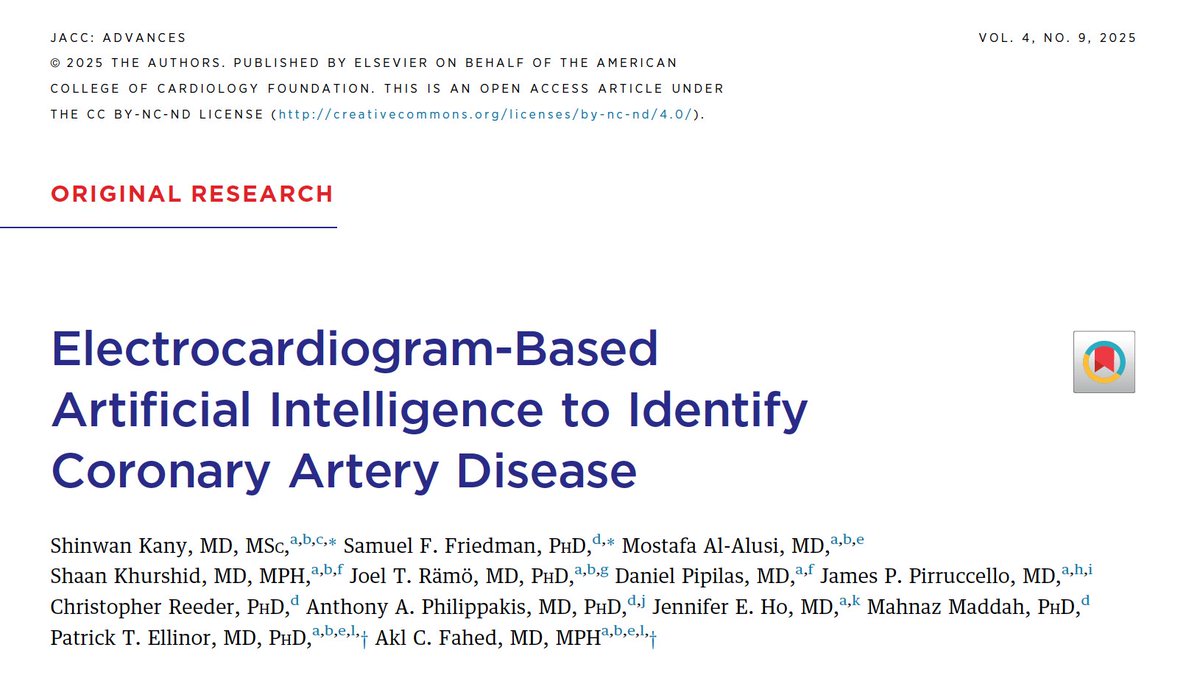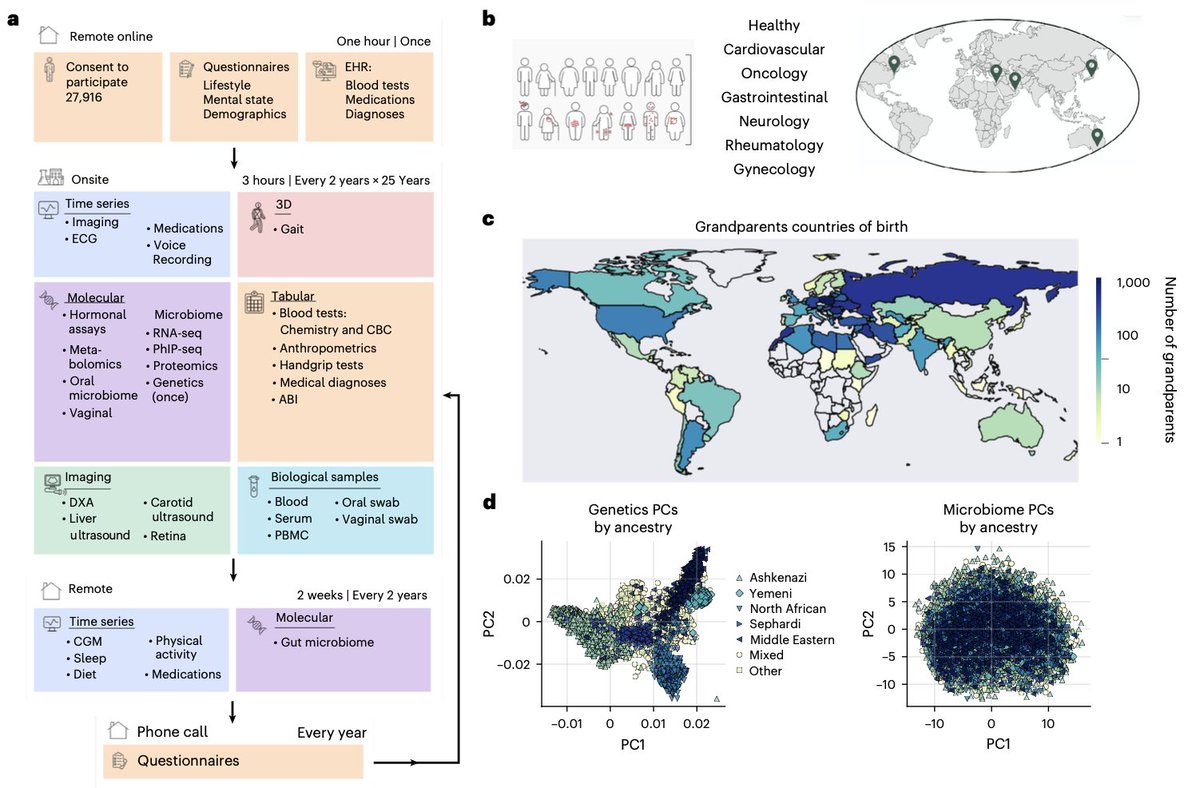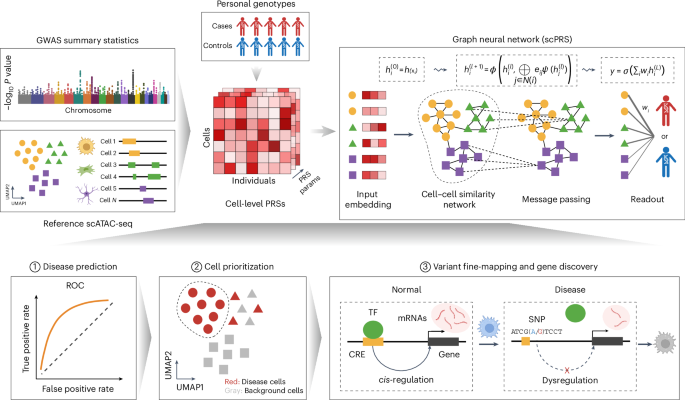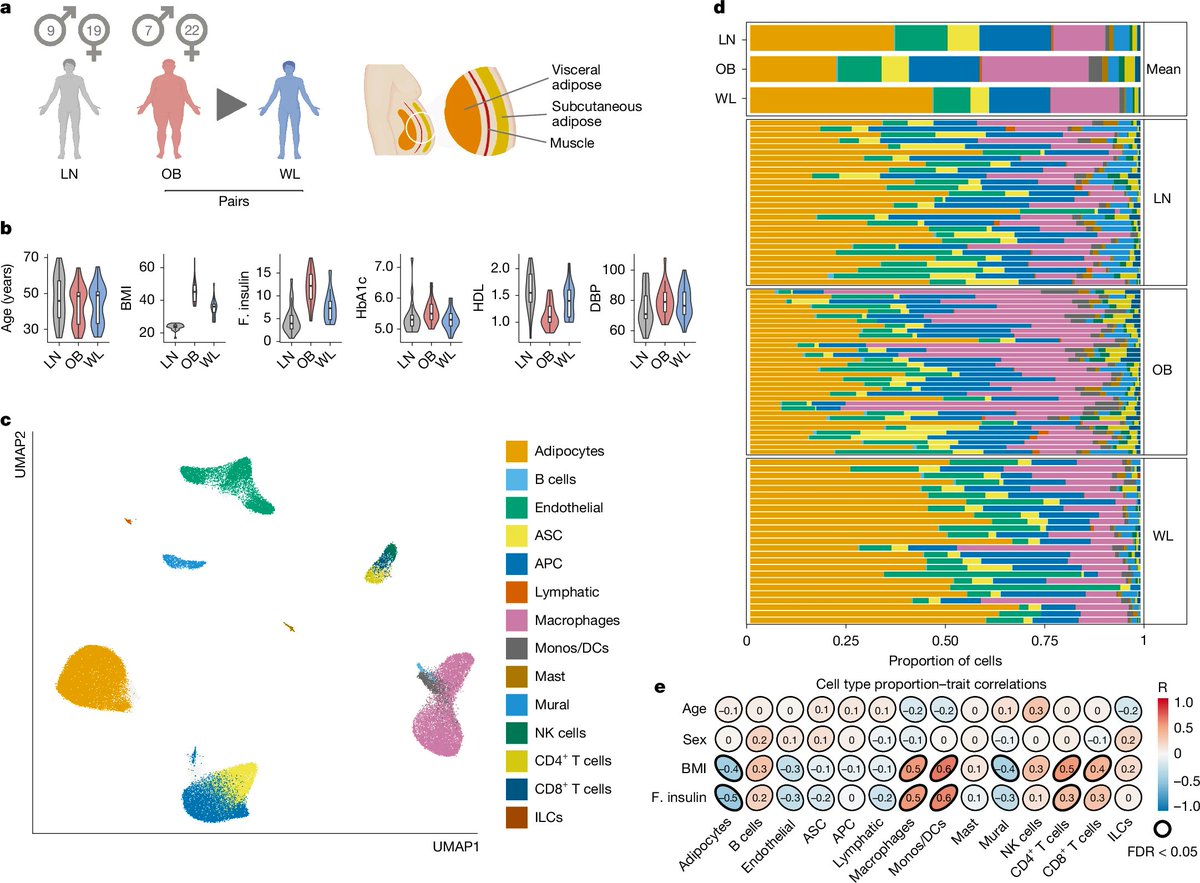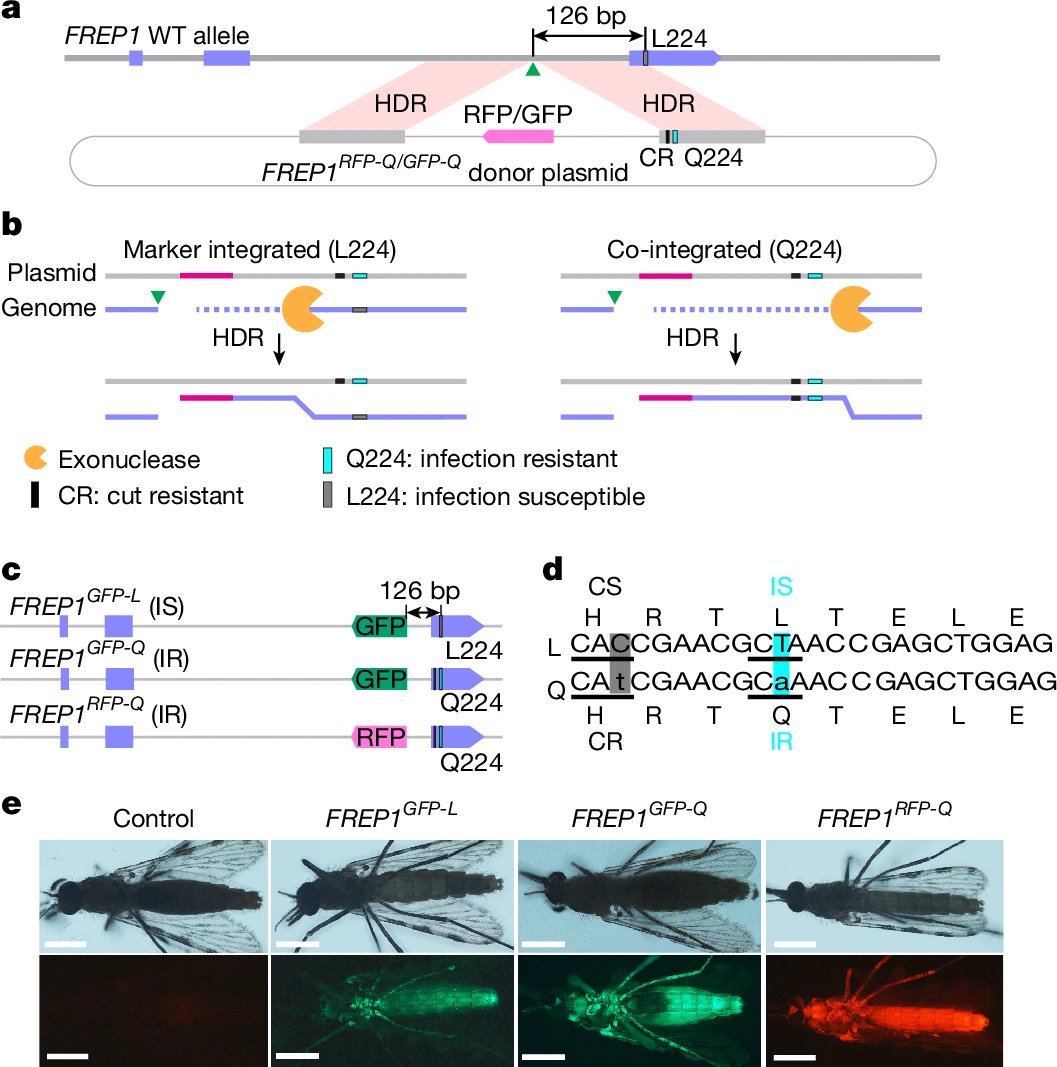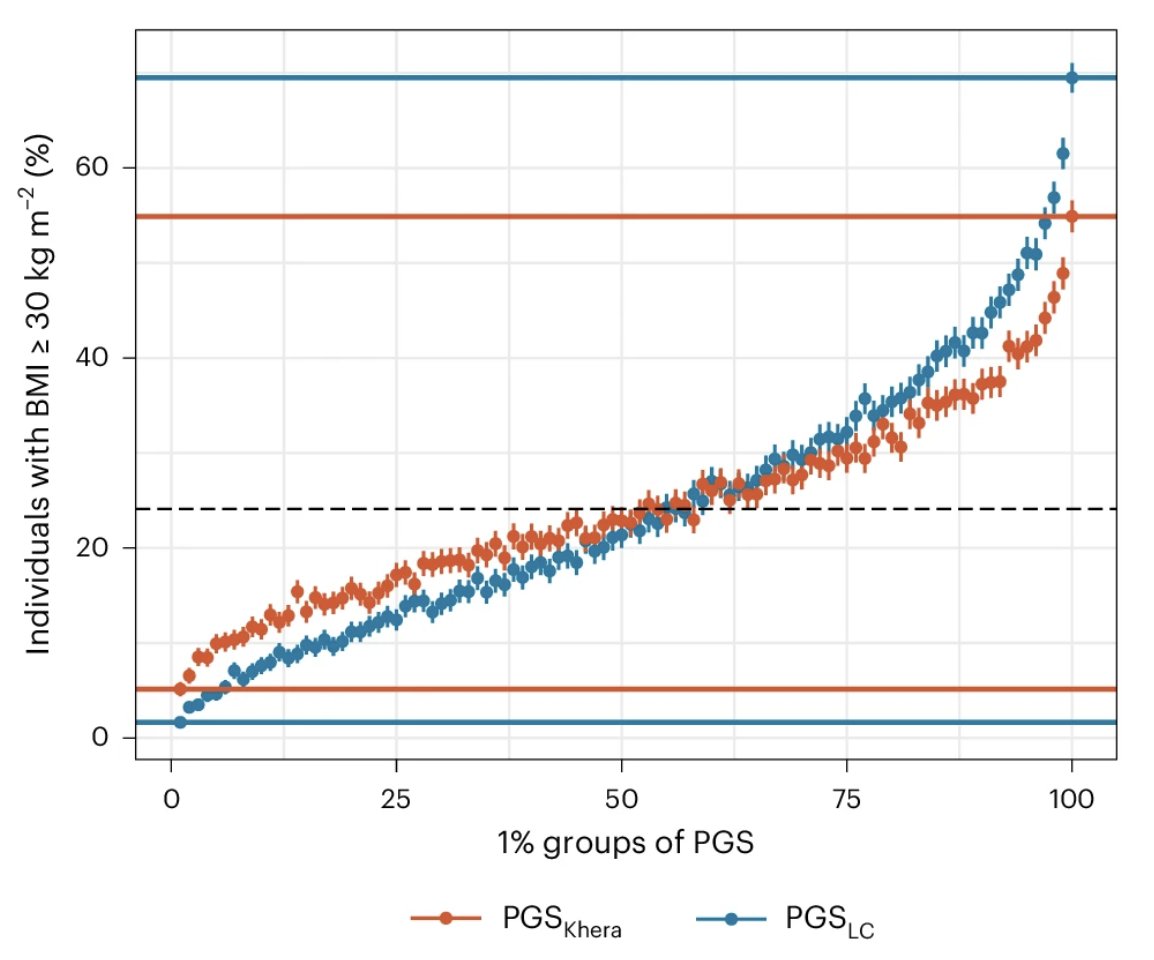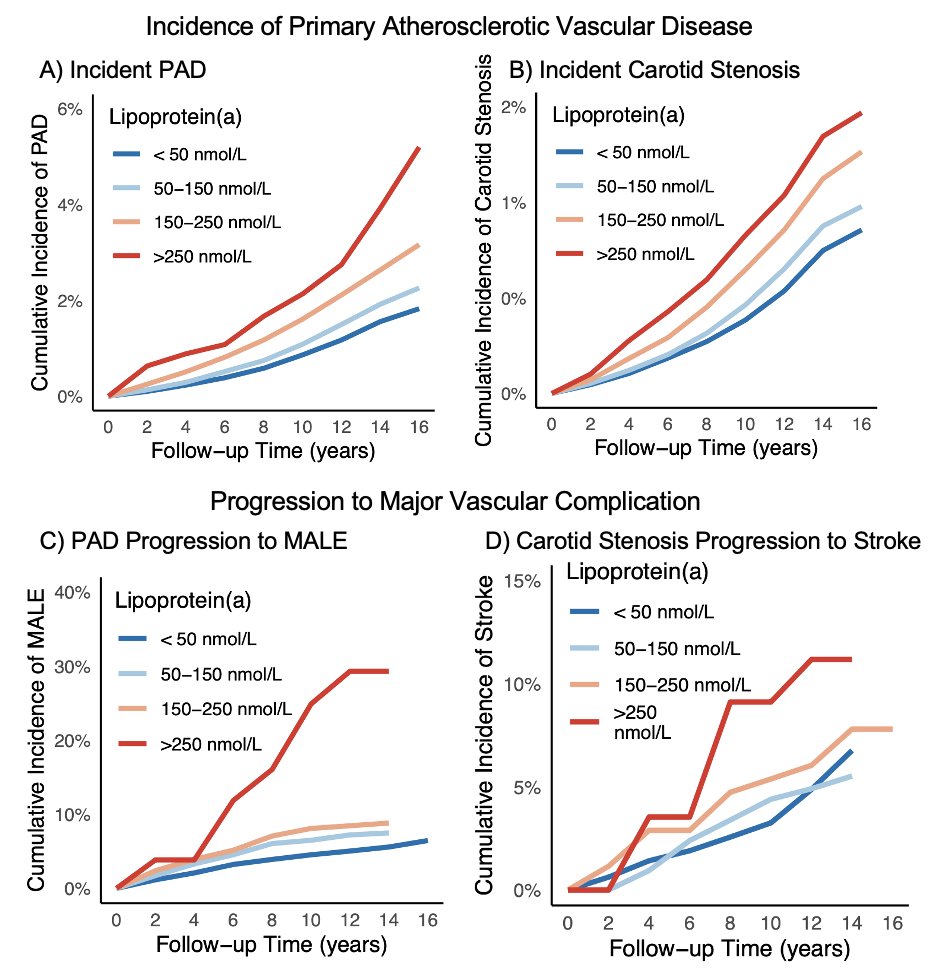
Min Seo Kim, MD, MSDH
@minseokim_md
Physician-scientist | Postdoc @MGHMedicine @BroadInstitute of MIT and Harvard | Genomics/Omics/Artificial intelligence | Former Public Health Official
ID: 1262575631260237824
https://scholar.google.com/citations?hl=ko&user=WWvDUkkAAAAJ 19-05-2020 02:48:03
2,2K Tweet
2,2K Takipçi
2,2K Takip Edilen

Our multi-population GWAS paper on Afib is online now Nature Communications We identified more genetic loci, population-specific genetic correlations, improved polygenic risk score, and enhanced risk prediction by integrating a PRS and protein score. nature.com/articles/s4146…

Delighted to collaborate on this study led by Jie Liu Kelly Bolton MD PhD describing how germline genetic variation influences the trajectory of clonal hematopoiesis to hematologic malignancy nature.com/articles/s4158… Nature Genetics
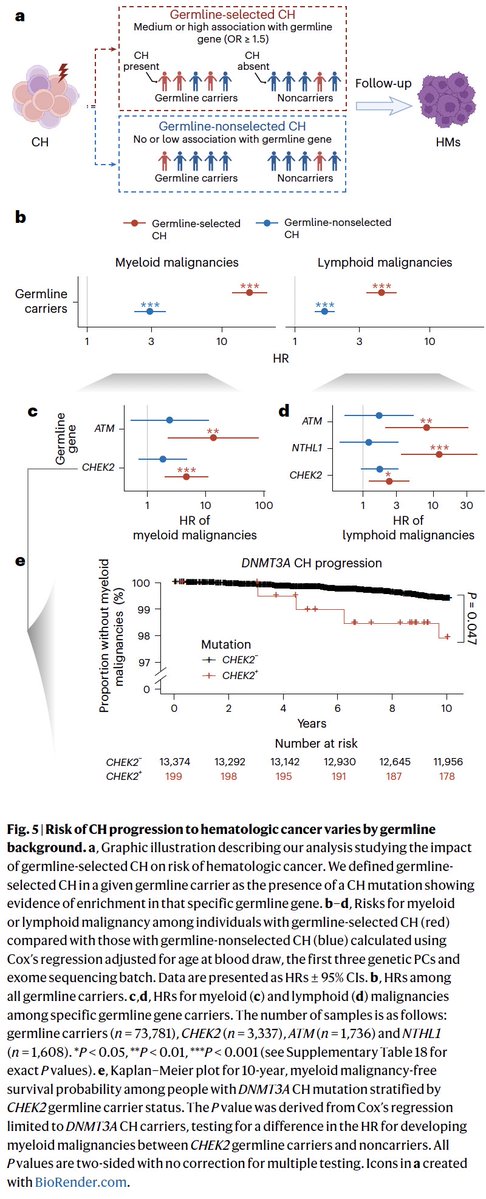


What proteins mediate #smoking and #AAA risk? Please read our fresh paper in ATVB: An AHA Journal Scott Damrauer PennSurgery Penn Medicine Karolinska Institutet ahajournals.org/doi/10.1161/AT…
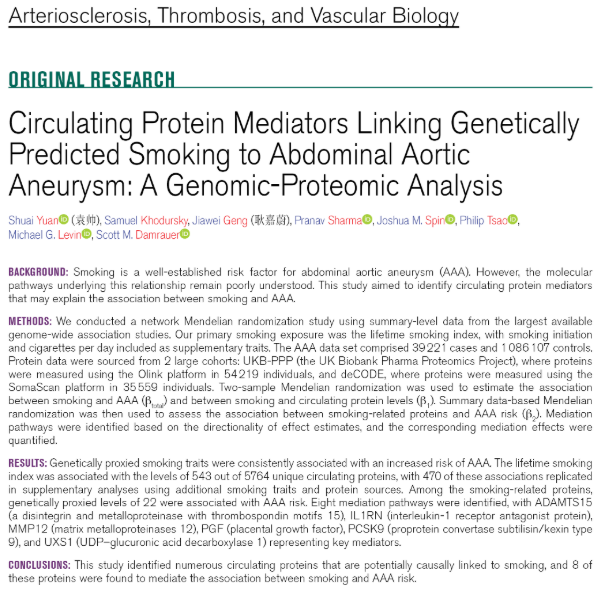

Thank you TCTMD for covering our PREVENT validation efforts across Mass General Brigham Mount Sinai Health System Penn Medicine Vanderbilt Health collaboration by Pradeep Natarajan Ron Do Scott Damrauer Quinn Wells


Congrats to R. Loos, J. Hirschhorn, & colleagues developing a new polygenic risk score for obesity. Very interesting that it predicts response with weight loss across 2 lifestyle intervention RCTs nature.com/articles/s4159… Nature Medicine My comments in The New York Times

The anti-inflammatory power of semaglutide (Ozempic) seen by its normalization to healthy of a 72 protein signature tied to MASH liver disease nature.com/articles/s4159… Nature Medicine
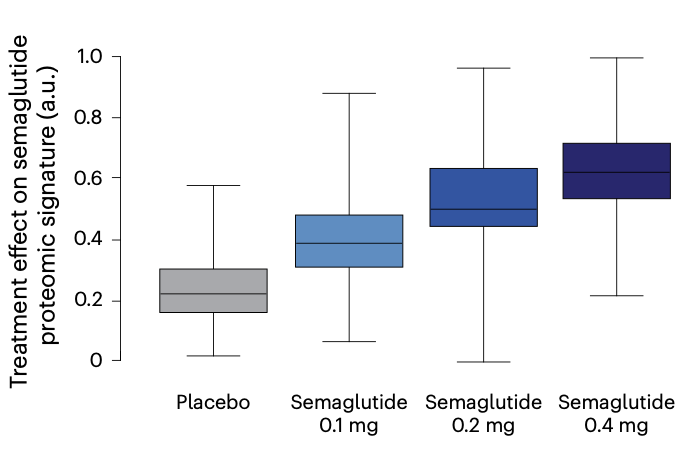







Our study led by Tiffany Bellomo and with Aniruddh Patel describes the relationship between lipoprotein(a) and incident & progressive extracoronary atherosclerotic vascular disease ahajournals.org/doi/10.1161/CI… Circulation


🚨 Excited to share our new manuscript in @circAHA led by Tiffany Bellomo and team. We evaluated lipoprotein(a) as a prognostic marker for extracoronary atherosclerotic vascular disease progression in UK Biobank. 👉 doi.org/10.1161/CIRCUL… 🧵1/6
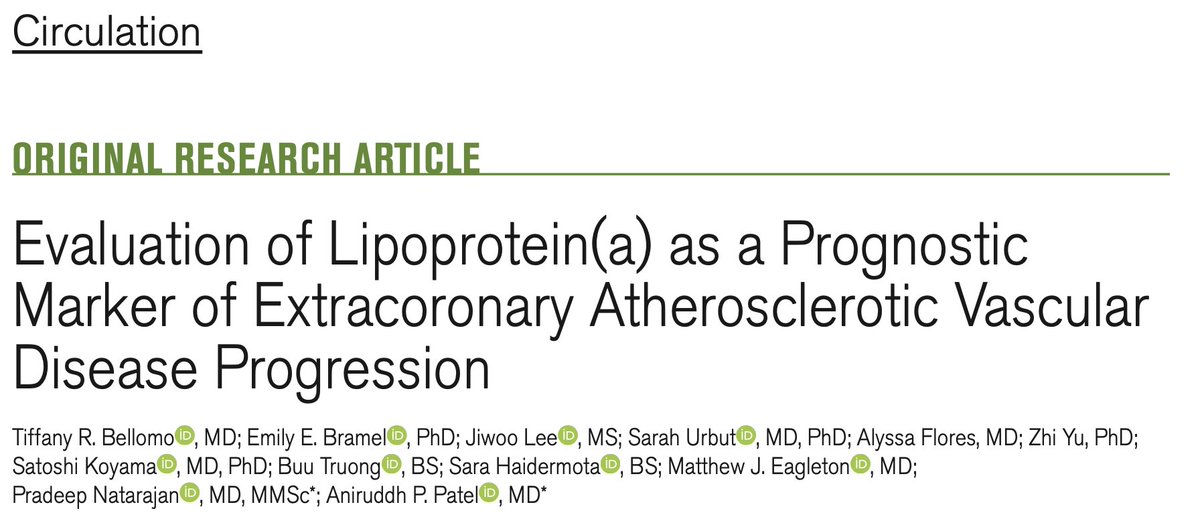



Check out Aniruddh Patel's in-depth look at our new paper on lipoprotein(a) as a prognostic marker for extracoronary atherosclerotic vascular disease progression. Lp(a) isn’t just about heart disease, it’s linked to PAD and carotid stenosis too! Mass General Surgery Mass General Vascular

NEW from our group Broad Institute Mass General Heart Patrick Ellinor led by Shino Kany and Sam Freesun Friedman ECG2CAD: An AI model for detection of coronary artery disease using 12-lead ECGs JACC Journals sciencedirect.com/science/articl…
